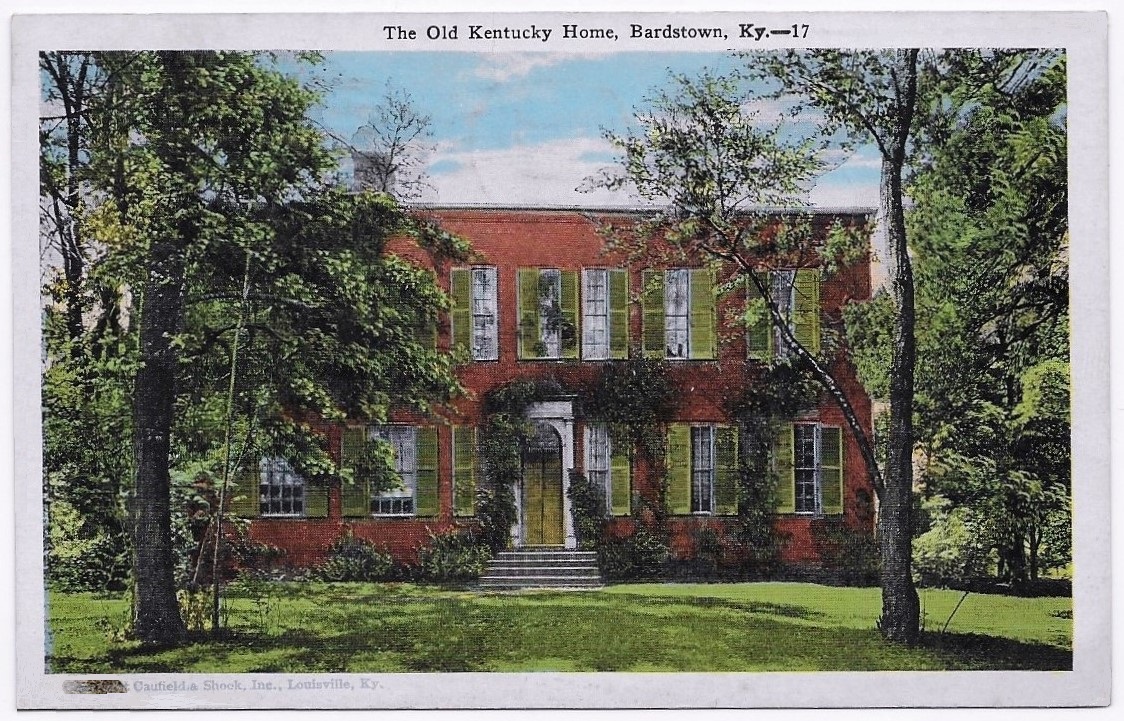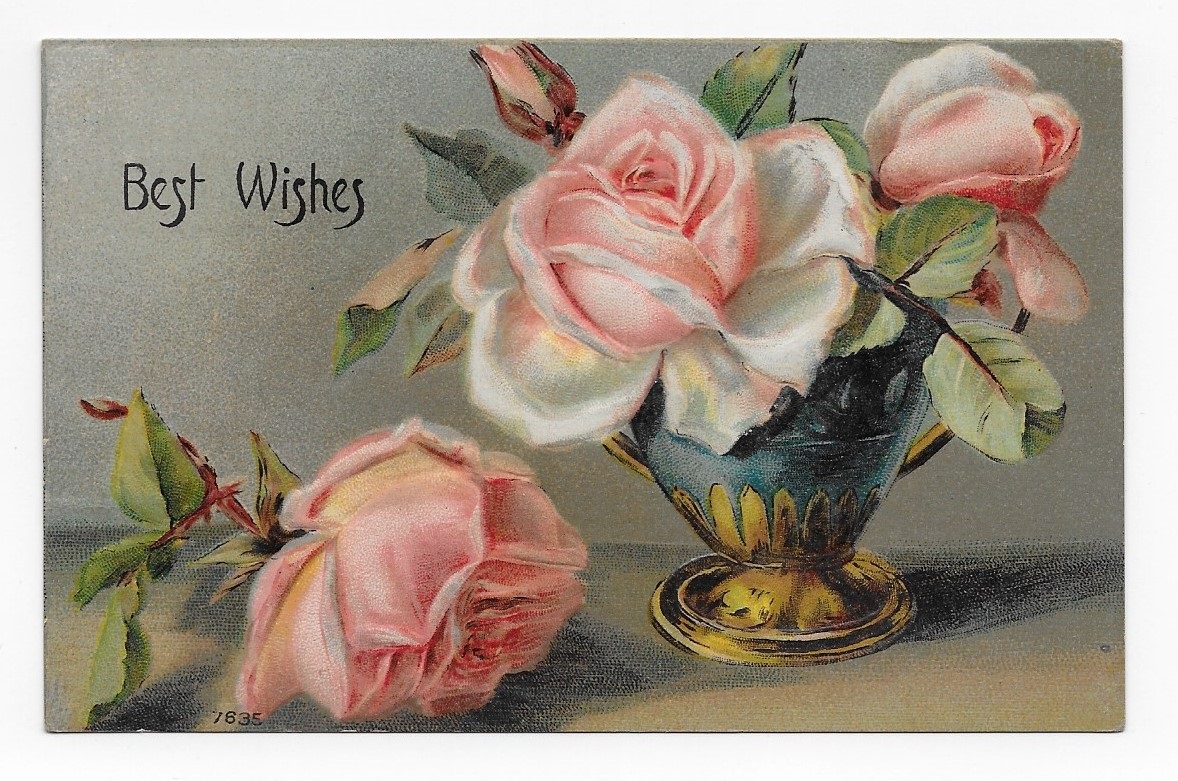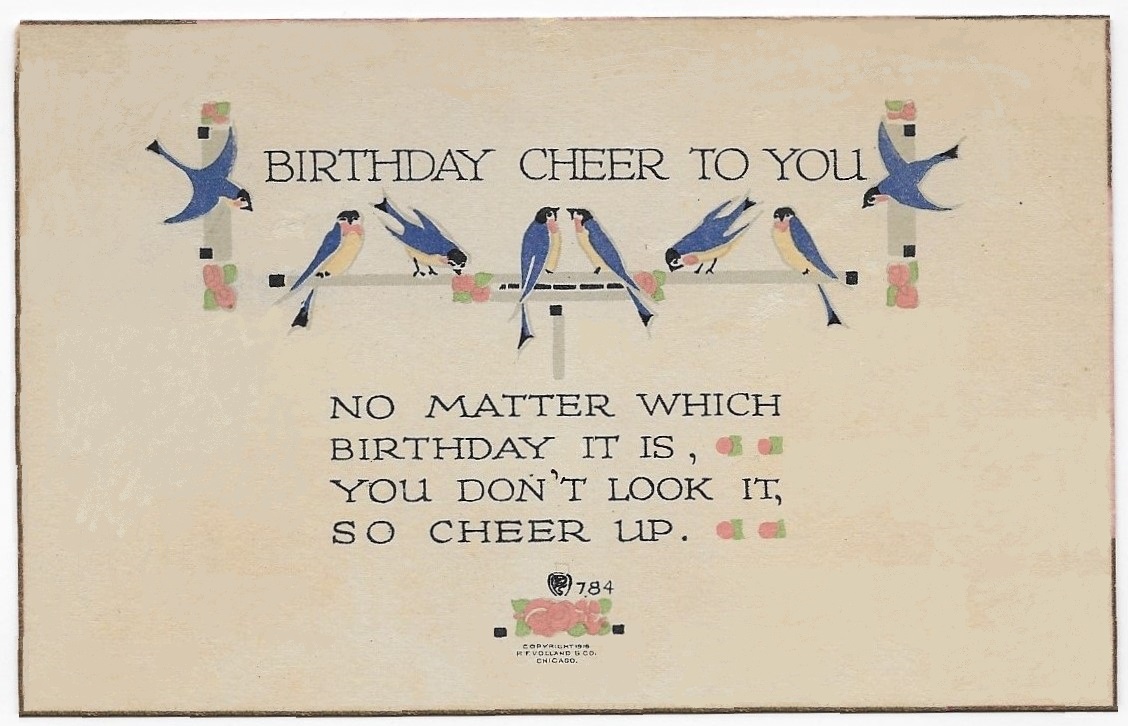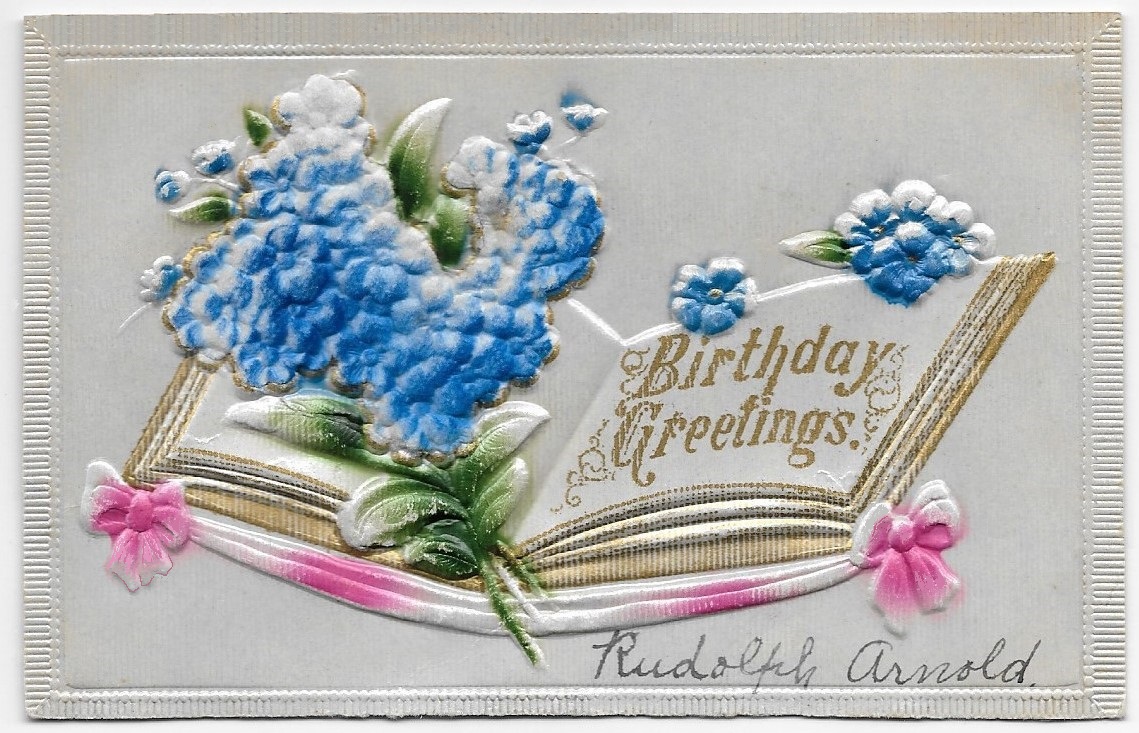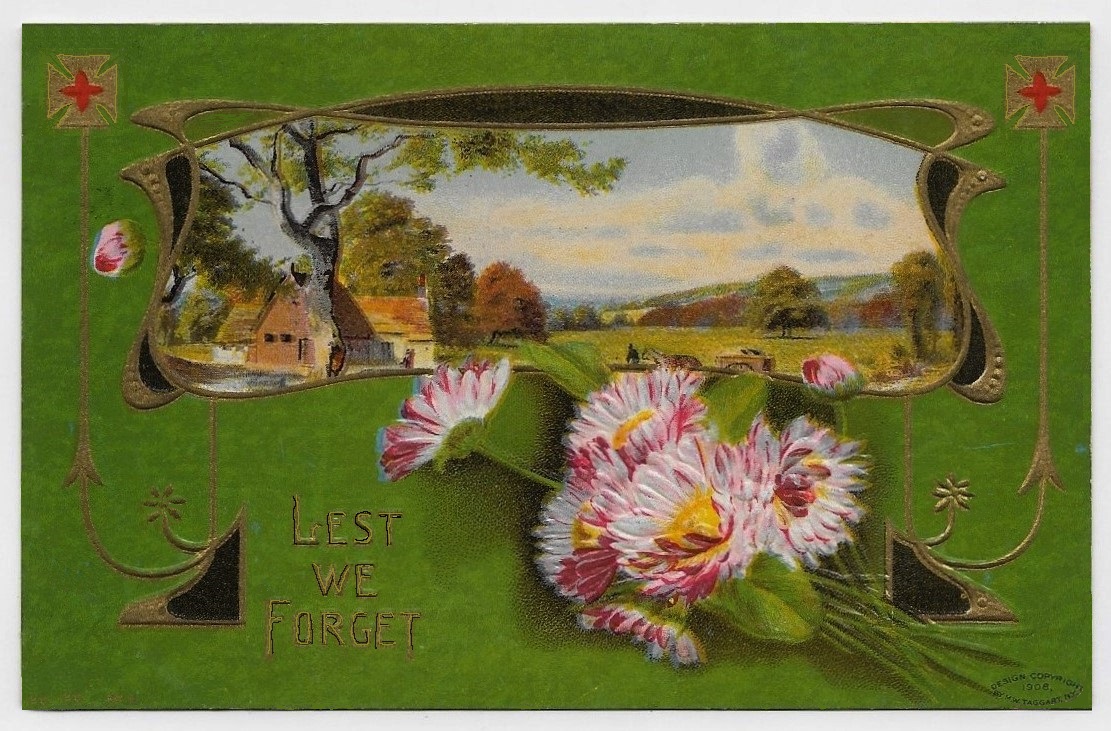Jordan was taking an extended road trip with other travelers in the Spring of 1929.
In June, he mailed a postcard to his aunt, Mrs. Mattie Clapper.
The postcard is addressed to Mrs. Clapper, but the written message greets Mrs. Clapper and “Ross”.
Aunt Mattie and Ross lived in Everett, now an unincorporated community of Summit County in northeast Ohio.
Once a shipping port on the 19th century canal system, Everett had a post office until 1953.
https://en.wikipedia.org/wiki/Everett,_Ohio
The face of the postcard is a photograph of “The Old Kentucky Home” in Bardstown, Kentucky.
Bardstown is a city in north-central Kentucky, not far from Louisville.
Bardstown was one of the earliest settlements over the Appalachian Mountains after the Civil War; today, it remains a center of “bourbon country”.
https://en.wikipedia.org/wiki/Bardstown,_Kentucky
On a plantation near Bardstown, US Senator John Rowan built a mansion in the Federal Style, called “Federal Hill”.
Federal Hill was a center of political and cultural life for a very long time; The Marquis de Lafayette, Andrew Jackson, and Henry Clay were among the many visitors entertained there.
Stephen Foster, a cousin of the Rowan family, visited several times, but there is no documentation (nor any reference in the famous song, “My Old Kentucky Home”) that specifically links Federal Hill to the song.
Nevertheless, the Commonwealth acquired the estate from the last living member of the Rowan family in 1922, and the site became (eventually) “My Old Kentucky Home State Park”.
https://en.wikipedia.org/wiki/My_Old_Kentucky_Home_State_Park
Kentucky had already decreed Foster’s song as the State Song, and the State Park became popularly-identified with the ballad.
(The lyrics in the Sate Song were slightly altered in 1986.)
Foster wrote the song in 1853 to reflect his strong response to reading “Uncle Tom’s Cabin” by Harriet Beecher Stowe.
(Themes of losing home, being exiled, and of nostalgia for the past are present in many of Foster’s songs – observers link these themes to events in Foster’s own childhood.)
The original title referred to “Uncle Tom”, and some early Civil Rights activists (including Frederick Douglas) praised the song for its universal themes that would excite sympathy for the slave.
Nevertheless, after the Civil War, the song also became implicated in the mythology of the “Lost Cause” and the pernicious assertion that slaves were happy.
https://en.wikipedia.org/wiki/My_Old_Kentucky_Home
The postcard was mailed from Paris, the county seat of Bourbon County in north-central Kentucky.
The name of the city reflects the early settlement of refugees from the French Revolution and the gratitude that post-Revolution America felt for French assistance in the struggle.
https://en.wikipedia.org/wiki/Paris,_Kentucky
The photograph was copyright by Canfield & Shock of Louisville.
On the reverse, Jordan describes a very long tour.
He writes, “Have been in Ohio, KY, Tenn, Ala, NC, SC, VA, Ga, W.Va”.
The group was getting tired; “We have traveled over mountains until we are weary of looking at them”.
By this time, “we are beginning to think of home.”
One hopes that Mrs. Clapper and Ross were pleased by the postcard, and that the weary travelers reached their home safely.

